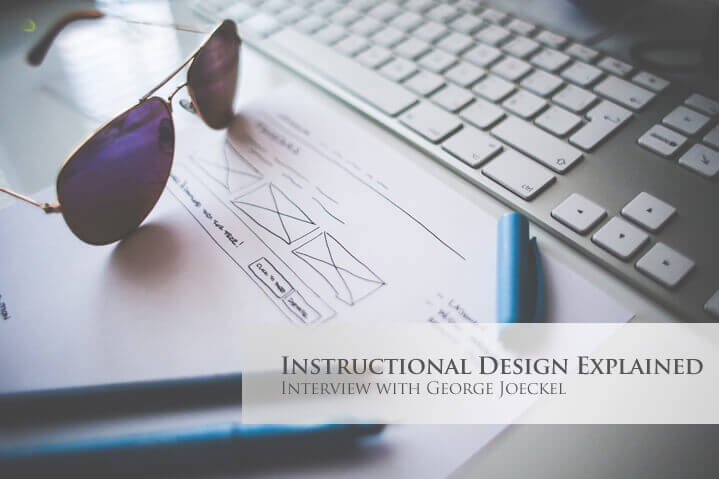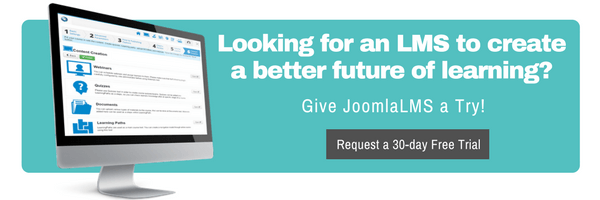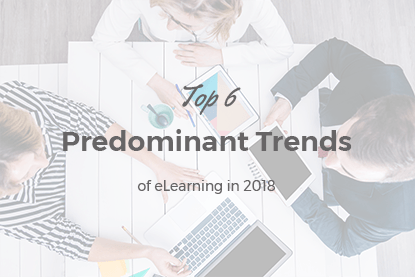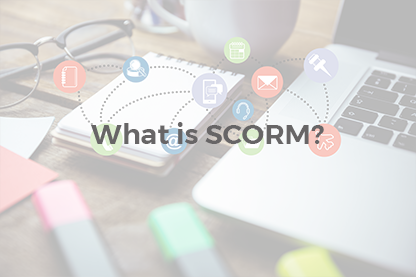If you use an LMS to run an eLearning project, then you probably know that course development is inseparably connected with instructional design. But those who have already tried creating courses on their own, would probably agree that it isn’t quite so simple. How to become an expert in instructional design? How to develop an effective eLearning course? To find answers to these and other burning questions we’ve decided to consult an experienced instructional designer and eLearning guru – George Joeckel.
If you use an LMS to run an eLearning project, then you probably know that course development is inseparably connected with instructional design. But those who have already tried creating courses on their own, would probably agree that it isn’t quite so simple. How to become an expert in instructional design? How to develop an effective eLearning course? To find answers to these and other burning questions we’ve decided to consult an experienced instructional designer and eLearning guru – George Joeckel.
George:Instructional Designers create "...experiences which make the acquisition of knowledge and skill more efficient, effective, and appealing." (Merrill, et. al, 1996) source. I would like to share my thoughts based on the context in which I have the most experience: online higher-education courses delivered via a learning management system by a Subject Matter Expert/Facilitator (SME/F).
Since 2008, I have built courses at Utah State University, as well as other public, private and for-profit secondary education institutions. When explaining the process of course design, an analogy that I have found helpful is the process of building a house. The Instructional Designer's role is comparable to a General Contractor.
A General Contractor (GC) needs to understand foundations, framing, electrical, plumbing, and more, but she or he is not an expert in all of these areas. The GC should be an expert in at least one area--the others are delegated to Subcontractors. When the situation requires it, a good GC is always ready to jump in and help get the job done.
An Instructional Designer (ID) operates in the same way. Just as custom homes have become more common, an ID may see the value in developing a custom course "blueprint" that is based on the resources available. The primary resource is the Subject Matter Expert/F (SME/F).
An experienced Instructional Designer knows that a course must be aligned to the beliefs, knowledge and experience of the SME/F. A visual representation of how these three domains interact can be seen in the TPC 3D framework that I have developed.
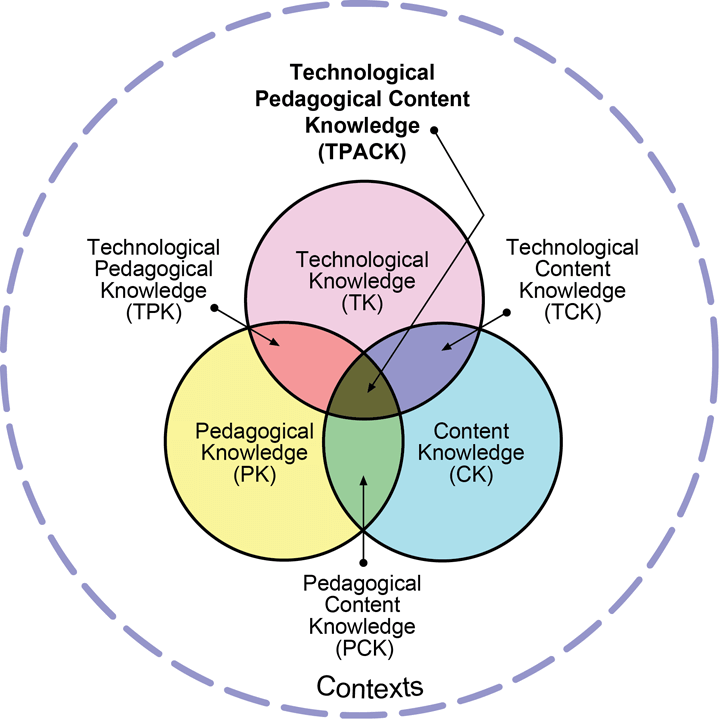
The TPC 3D framework is an expansion of the TPACK model:
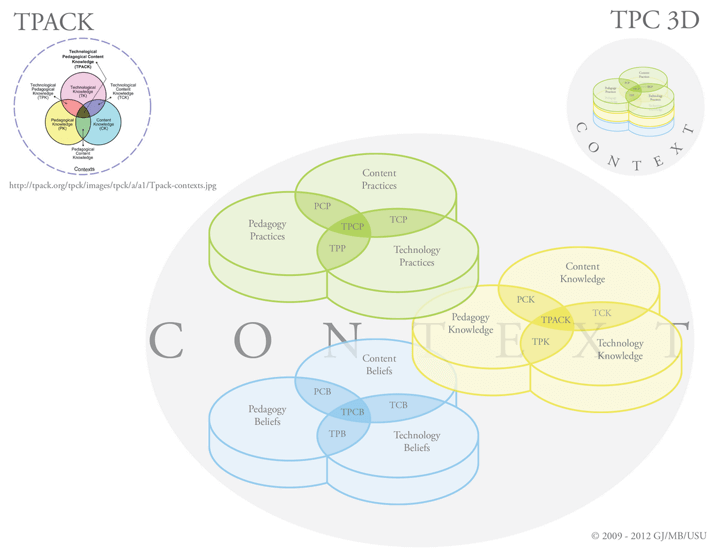
George:In my experience, beginning with an understanding the resources available to create the course is paramount. There is a temptation to start with course goals, outcomes, objectives or other “ideal” targets. This fails to take into account that most projects are shaped by three pragmatic variables: budget, scope and schedule.
In the context of higher education online courses taught by a SME/F, understanding her or his beliefs, knowledge and practices related to andragogy, content,and technology is critical to success. I have often thought that doubling the amount of money and/or time available would have little impact on a course design that is not aligned with a SME/F. My ultimate goal of learner-centered instruction--learner-driven where appropriate--will never be achieved if the course I design doesn’t emphasize the SME/F’s strengths, and mitigate his or her weaknesses.
I am also an advocate of simple and linear course designs--especially for fully-online courses being built for the first time. Until there is feedback from the first cohort of students, the SME/F is the primary influencer of the course design. I provide my expertise and experience as a secondary influence and student feedback is used as a support influence. As course data emerges, these roles may shift. I’ve developed a matrix called the Data-Driven Design Evolution to provide a visual model of this process:
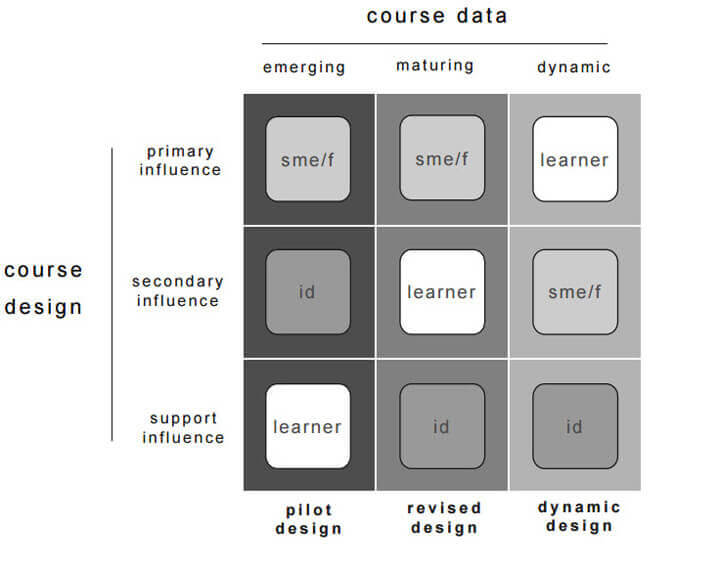
George:As more learning resources and activities move online, and there is an increasing demand to provide those materials in responsive formats (where the layout is determined by the user’s device), I think that IDs have a great opportunity to incorporate usability/accessibility best-practices into course designs. I see usability and accessibility as two sides to the same coin. Web languages like HTML, JavaScript and CSS are maturing and growing more powerful. With open source libraries and frameworks such as jQuery and BootStrap, IDs have the tools they need to create “...efficient, effective and appealing” experiences that are accessible to ALL students.
George:In my experience, ADDIE is a strong ID model that works in many contexts. In 2008, Tae Jeon, Joel Gardner and I developed a model for our specific context: online higher-education courses delivered via a learning management system by a Subject Matter Expert/Facilitator. It is called the OAR (Objectives-Activities-Resources) model:
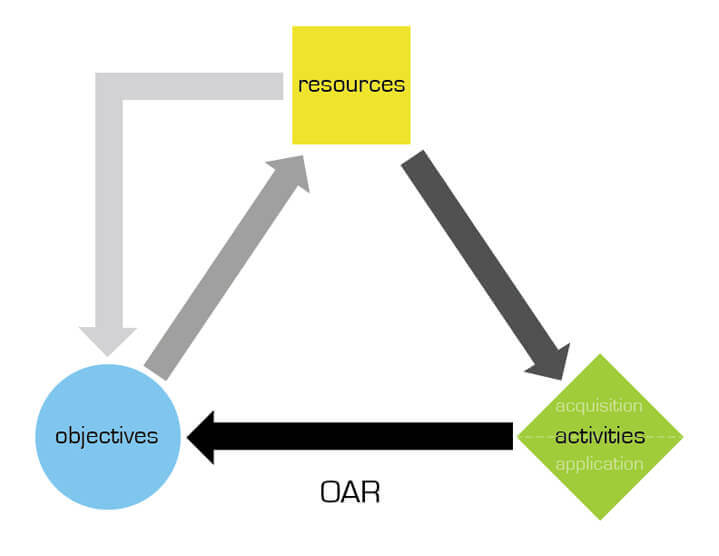

George Joeckel is an Extension Instructional Designer at Utah State University
He can be reached at This email address is being protected from spambots. You need JavaScript enabled to view it.and followed on Twitter and LinkedIn
What to read next?
The Insider’s Guide to Student-Centered Approach
How to Overcome Information Overload
The Secret of Building Professional Learning Communities





